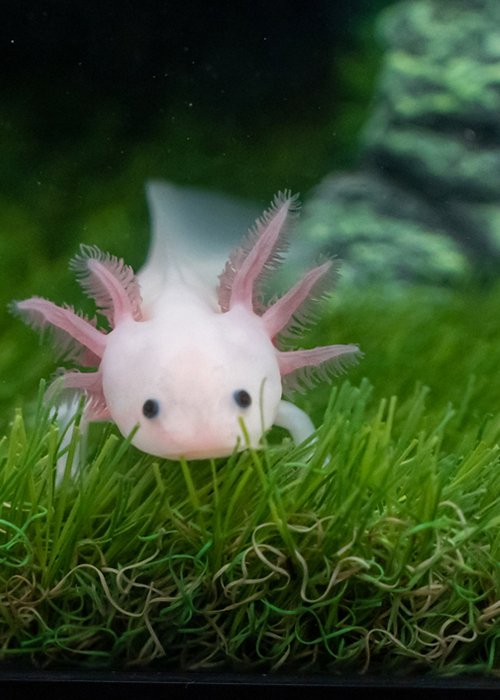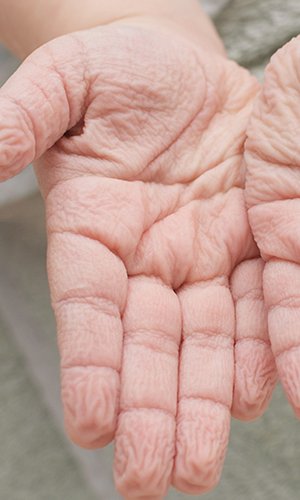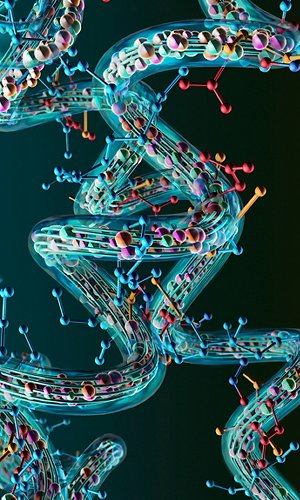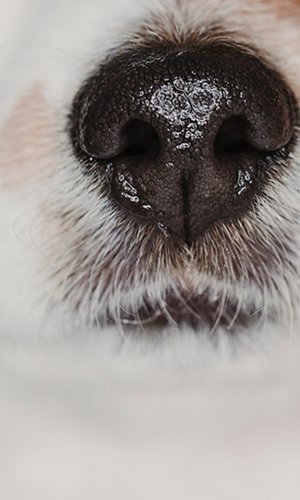Axolotls, small amphibians that live in water, look as though they’ve stepped straight out of a fairytale, with their fluffy, feather-like gills. But they’re not just cute: they’re true superheroes of the natural world. Unlike many other animals, they never fully “grow up” and leave the water, remaining in their youthful, juvenile form all their lives. Yet the most incredible thing about them is their secret superpower: they can regrow almost any part of their body! Imagine this: a leg that gets cut off can grow back exactly as it was. The same goes for the tail, parts of the spine, their eyes, and even sections of the brain or heart. Everything regrows fully functional! This ability to “repair” themselves — a talent found in almost no other animal — has long fascinated scientists. Their greatest dream is to discover how axolotls do it and, one day, enable humans to regrow lost body parts too. The idea of regrowing a lost hand or leg, or repairing a damaged organ, is no longer just science fiction. It’s genuine research — and axolotls are our special teachers in this field. At the heart of this regeneration “magic” is a very important chemical substance: retinoic acid (RA). This compound comes from vitamin A — yes, the same vitamin found in carrots and in skincare creams. Scientists have discovered that retinoic acid is crucial for “telling” regenerating cells what they need to become and where exactly they’re located. Think of a chef following a precise recipe to create a dish. Retinoic acid does something similar: it gives cells a “map” or “code” indicating their exact position. This is vital because a new body part, like a leg, must grow back in the correct shape — from the part closest to the body (like the shoulder) all the way to the furthest tip (like the fingers or toes). When an axolotl loses a limb, a special group of cells forms at the wound site, called a blastema. This blastema is like a “factory” for the new limb. And it’s right here, in the blastema, that retinoic acid does its most crucial work. Without this precise guidance, the regrown body part would end up twisted or malformed. Recent research has revealed something even more surprising and important about how retinoic acid works. It’s not enough just to have retinoic acid present; what matters most is that its levels are controlled with extreme precision — including removing any excess. Scientists have discovered that a special enzyme called CYP26B1 is essential for “cleaning up” or disposing of surplus retinoic acid. This enzyme acts like a very precise tap, opening or closing the flow of RA to maintain the right amount in the blastema. If this “cleaner” (CYP26B1) doesn’t work properly, retinoic acid builds up too much. And what happens then? The cells that should form the outermost parts of the limb — like the fingers or toes — “get confused” and behave as if they should form a more internal part, like a piece of the arm. It’s as though the fingers “believe” they’re an elbow! This shows us that it’s not merely about having retinoic acid present; it’s also about perfectly regulating its levels and eliminating the excess that enables the axolotl to regrow its body parts so precisely. The “message” conveyed by retinoic acid isn’t just chemical; it’s read and interpreted by genes, which act like the “instructions” inside cells. Among the many genes that respond to retinoic acid, one in particular is very important: it’s called Shox. Scientists have found that this gene becomes more or less active depending on where the axolotl’s limb is cut. It’s like an internal “sensor” that knows whether it needs to regenerate a part close to the body or one further away. To understand how crucial it is, researchers removed the Shox gene in some axolotls. The result? The limbs grew back much shorter, and the bones inside didn’t form properly. Normally, long bones form first as cartilage, which later transforms into real bone. Without Shox, this process didn’t work. This proves that the Shox gene, guided by the amount of retinoic acid, acts as a genuine “switch” that controls how bones form and how new body parts develop during regeneration. But does this mean we could use these discoveries to help humans? Regrowing an entire leg or arm in a person is far more difficult, and we’re still a long way from matching the axolotl’s abilities. However, understanding in detail how these molecules and genes work in axolotls is the first crucial step. When humans suffer serious wounds, our bodies usually create scar tissue — a kind of “patch” that can’t become a new body part. Axolotls, by contrast, form that blastema — a true factory of new cells ready to rebuild everything. Knowledge about retinoic acid, CYP26B1, and the Shox gene opens up new and enormous hopes for the future of medicine.
Even if we won’t see people regrowing entire limbs anytime soon, these discoveries might help us in other ways, perhaps sooner. New medicines could be developed to help heal severe wounds more quickly — like those caused by burns — resulting in better-quality repaired tissue. Or, by understanding how retinoic acid “tells” cells what to do, we might develop targeted therapies or drugs. This could help repair damaged tissues or organs, or ensure that transplanted tissues or lab-grown body parts integrate better into our bodies. The goal isn’t to turn humans into axolotls, but to borrow their incredible biological secrets to improve our own ability to heal and repair our bodies. Retinoic acid is already used in medicine, and understanding how its “clean-up” process works opens up new avenues for controlling tissue growth. Axolotls continue to be an incredible source of inspiration and knowledge for science. Every new discovery about their regenerative abilities brings us one step closer to understanding the complex mechanisms that make tissues grow and repair themselves. Realising the importance of retinoic acid, how its levels are controlled by CYP26B1, and the role of the Shox gene is a major step forward. These small amphibians aren’t just fascinating to study — they’re true masters of biological regeneration. Their secrets might one day change the way we treat injuries and diseases. Giving new hope to those who have lost body parts or suffered severe injuries, research continues, driven by curiosity and the hope that the axolotl’s secrets might one day help all of us, leading us towards an era where regeneration will no longer be just a dream, but a real possibility for medicine.




